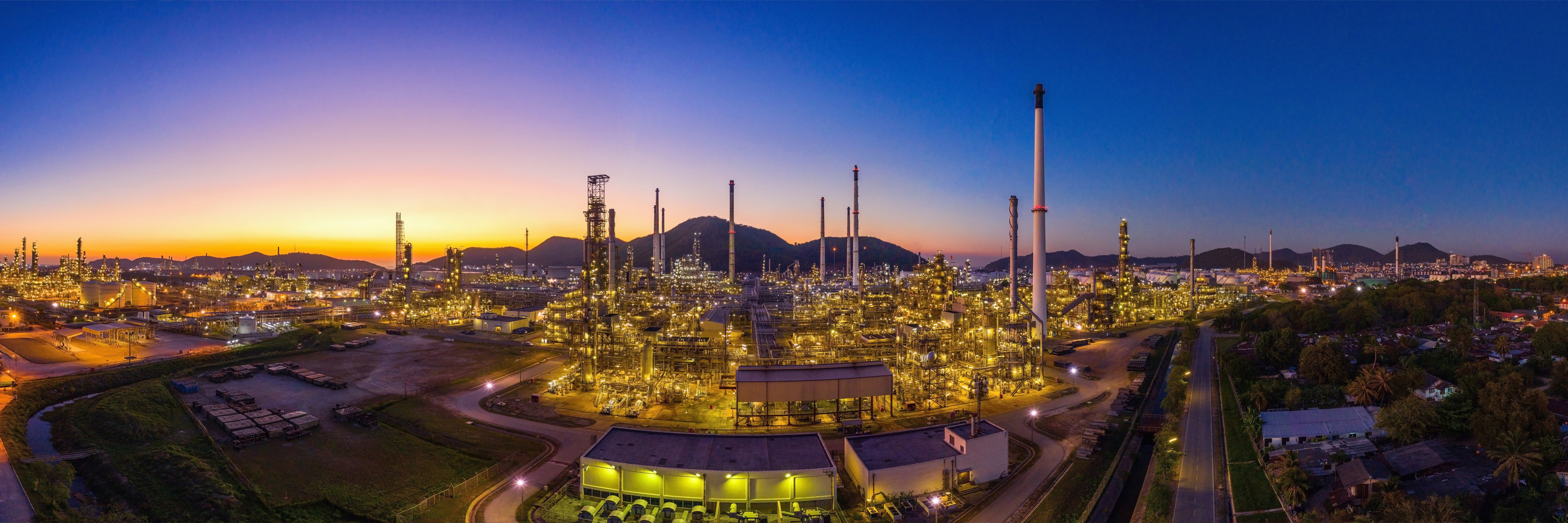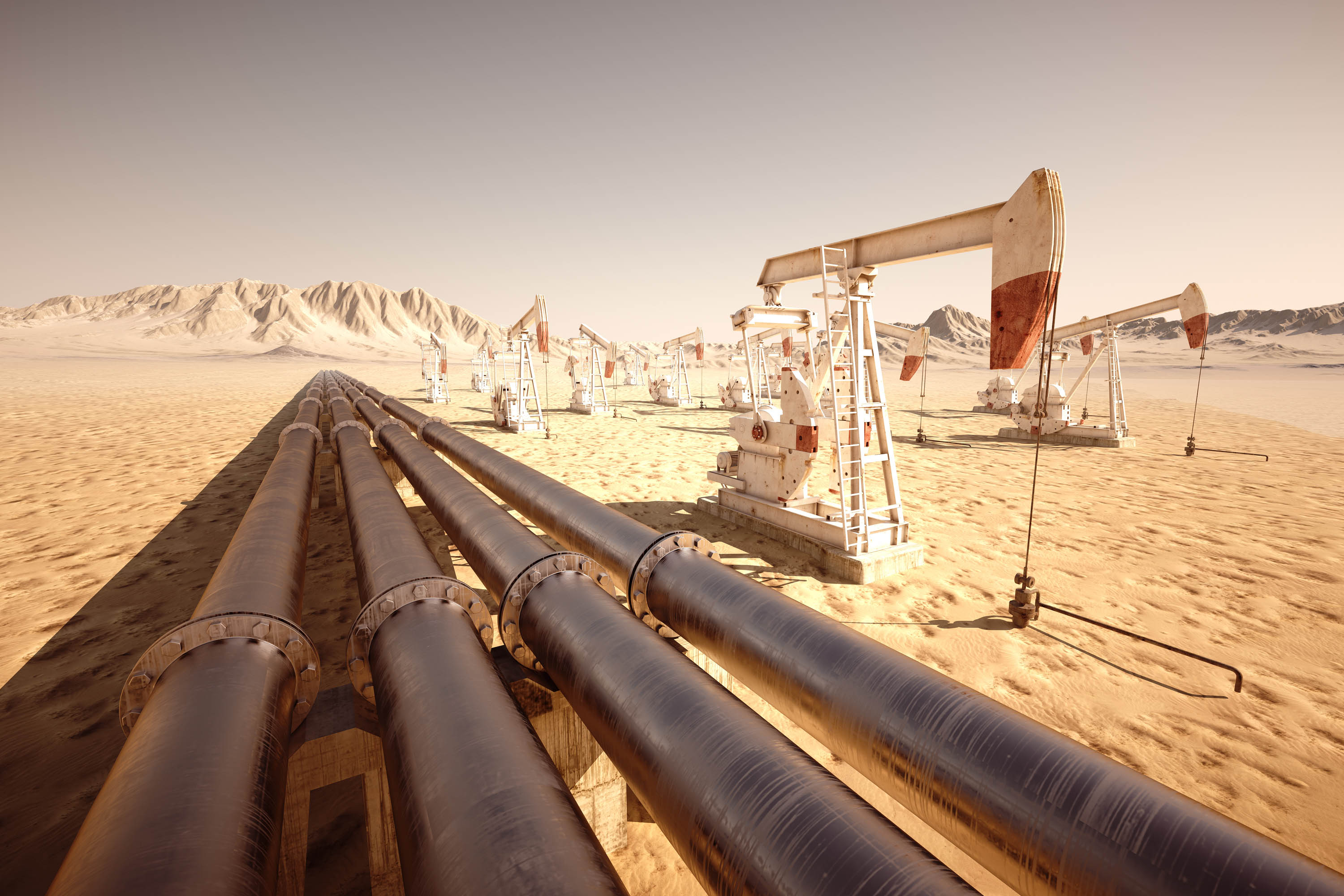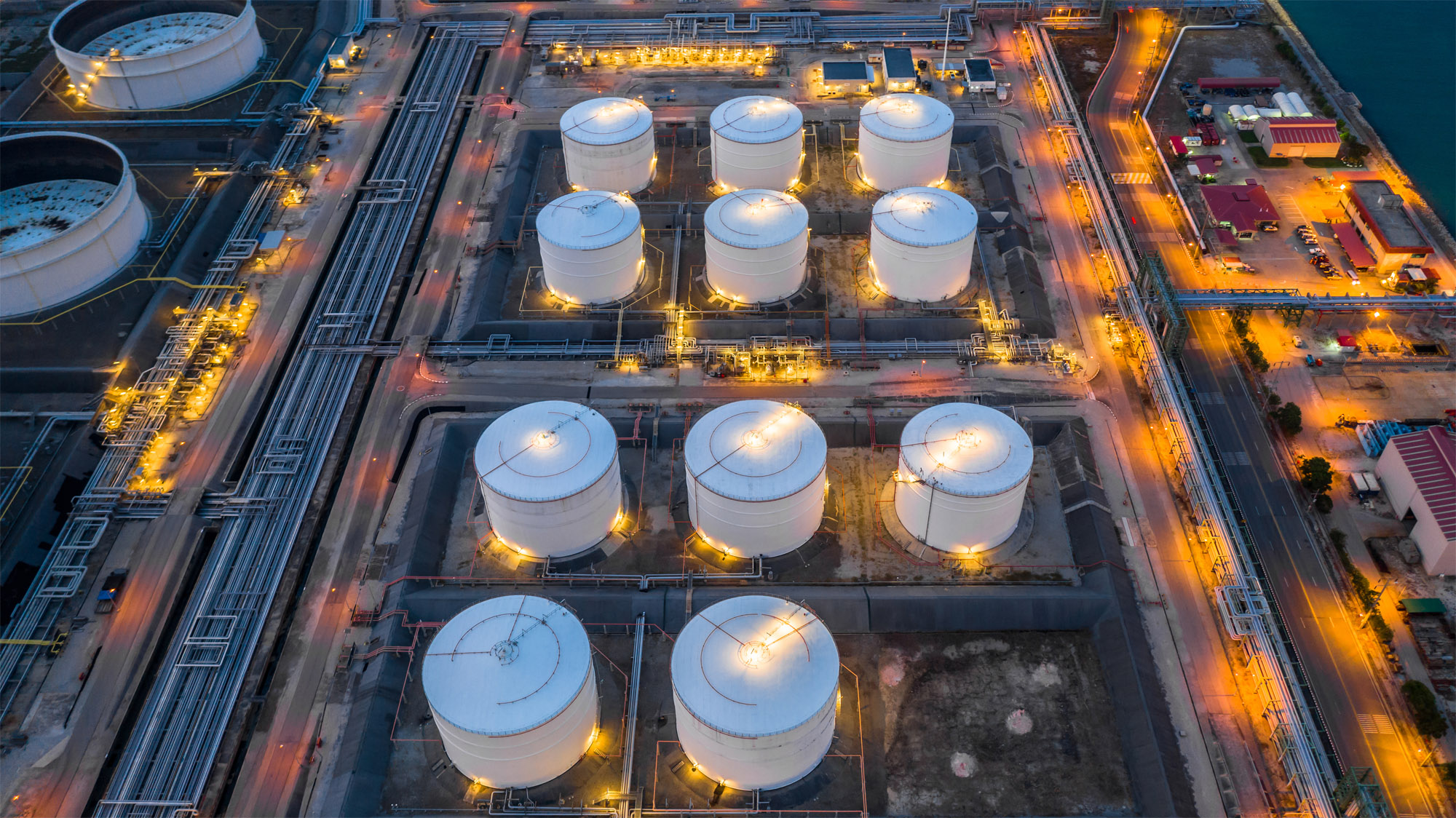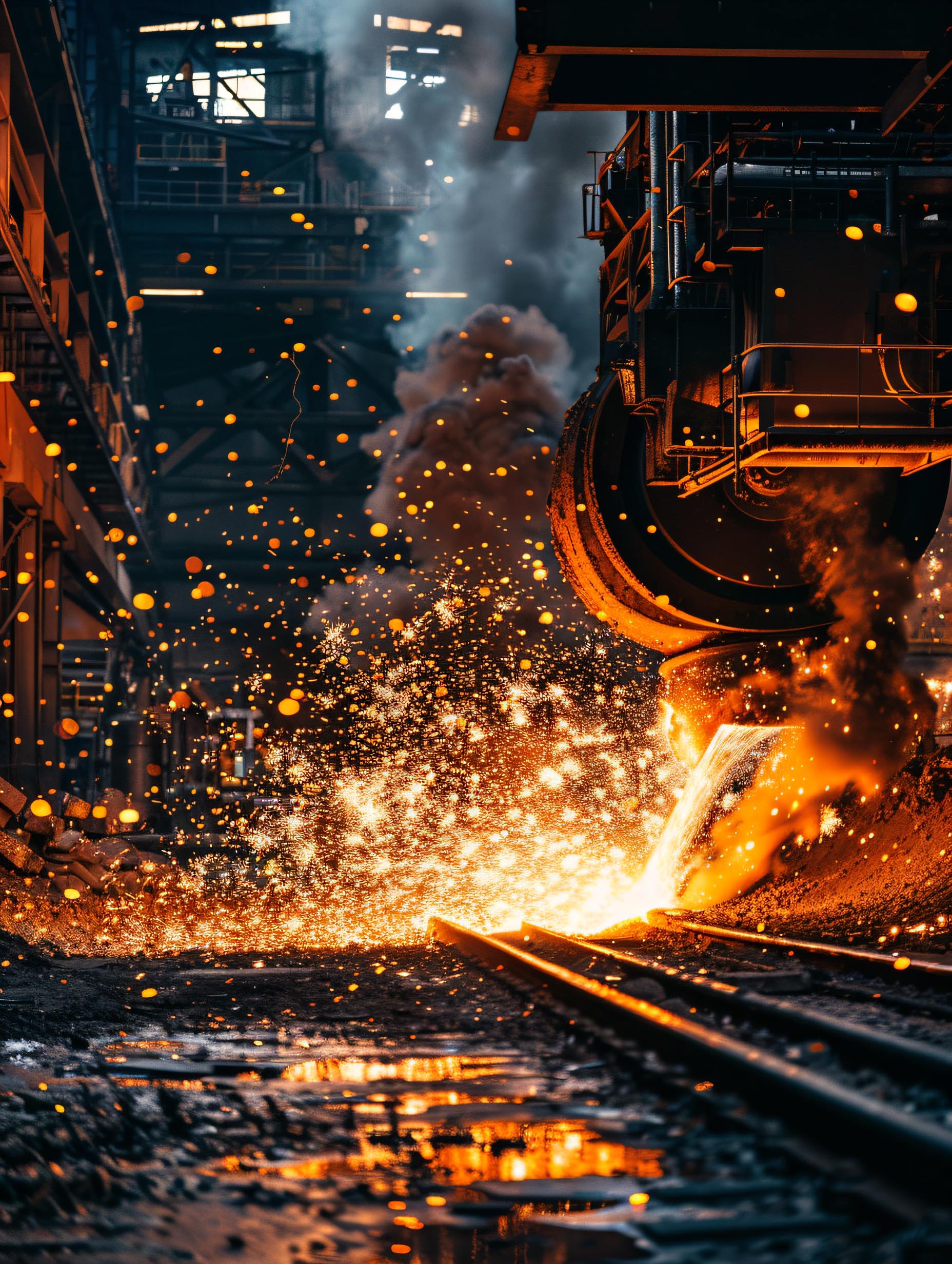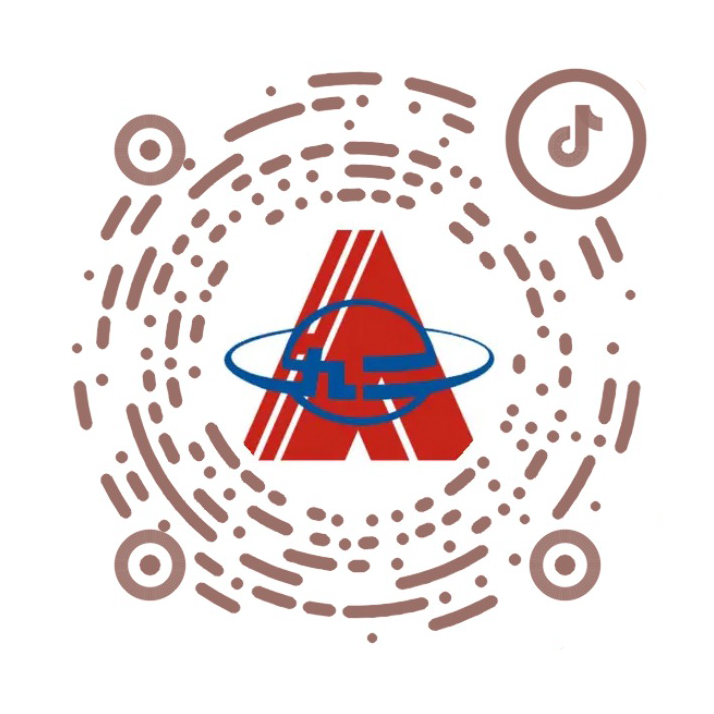1. Thermodynamic traps
Small size, light weight, easy to install and maintain, low price, strong water hammer resistance, not easy to freeze. Not suitable for large displacements. The allowable back pressure of the valve is not less than 50%, of which the pulse type is not less than 25%.
(1) Disc traps
The structure is simple, intermittent drainage, noise, condensate close to saturation temperature can be discharged, the supercooling is 6 °C ~ 8 °C, there is a certain amount of steam leakage (about 3%), it can be automatically exhausted, and it is resistant to water hammer. The back pressure should not exceed 50% of the minimum inlet pressure, and the minimum working pressure difference is ΔP=0.05MPa. The installation direction is not restricted, and it can be installed vertically downwards when anti-freezing is required.
(2) Pulse traps
The structure is simple, and it can drain water continuously, but it has a large amount of steam leakage, and the allowable back pressure is low (25%).
(3) Labyrinth or microbore traps
The structure is simple, and it can continuously drain water and exhaust air. The microbore type is suitable for small displacements, and the labyrinth type is suitable for extra-large displacements. However, they can not adapt to the situation of large changes in pressure and flow, and it is necessary to pay attention to prevent blockage and erosion of the flow channel.
2. Thermostatic traps
Compared with other types of traps, the noise is smaller, it is open at low temperatures, and the condensate accumulated in the system can be removed in a short time when it starts up or when it stops running, so that the trap does not freeze. Since this type of valve operates by temperature difference, the operation is not sensitive and cannot change with the sudden change of load. It is only suitable for occasions where the pressure is low and the pressure does not change much. The allowable back pressure of the valve is not less than 30%.
(1) Liquid expansion or solid expansion traps
The structure is complex, the sensitivity is not high, it can exclude the temperature water of 60 °C ~ 100 °C, and can also exclude the air, which is suitable for the discharge of condensate in the heat tracing pipeline and heating pipeline that requires a low heating temperature.
(2) Diaphragm steam pressure trap
Simple structure, sensitive action, continuous drainage, good air exhaust performance, subcooling 3~20 °C, allowable back pressure 30%~60%, air leakage less than 3%, not limited by installation location, but poor anti-fouling and water hammer resistance, can also be used as an exhaust valve for steam system.
(3) Bellows pressure trap
Simple structure, sensitive action, intermittent drainage, supercooling: about ~20 °C, the working pressure is limited by the bellows material, generally 1.6MPaG, poor anti-fouling and water hammer resistance, and can also be used as an air exhaust valve for steam system.
(4) Bimetal traps
The action sensitivity is high, it can drain continuously, the drainage performance is good, the subcooling degree is large, and adjustable, the exhaust performance is good, and the reverse seal has a check function. The maximum operating pressure can reach 21.5MPa (meter), and the maximum operating temperature can reach 550°C. Resistant to fouling and water shock, the maximum allowable back pressure is 50% of the inlet pressure, which can be adjusted to increase the back pressure and can also be used as an air exhaust valve for steam systems.
(5) Bimetallic Temperature Adjustable Trap (TB Type)
The discharge temperature of the condensate can be artificially controlled, and the sensible heat of the high-temperature condensate can be used. It adopts the closing system of "automatic valve shut-off, automatic centering and automatic seat spool", which has long life, small size, can be installed in any direction, and has good continuous drainage and exhaust performance. The allowable back pressure can reach 80%. Good energy-saving effect.
3. Mechanical traps
This type of trap has low noise, fast condensate removal, larger shape than other types of traps, needs to be installed horizontally, and is suitable for large displacement. The allowable back pressure of the valve is not less than 80%.
(1) Free float? traps
The structure is simple, the sensitivity is high, it can drain water continuously, and the steam leakage is small. There are two types of automatic exhaust function and non-automatic exhaust function, and when the latter is selected, an additional thermostatic exhaust valve or a manual vent valve is required. The maximum working pressure is 9.0MPa (table), the allowable back pressure is large, up to 80%, the ability to resist water hammer and dirt is poor, the action is slow, but it is regular, and the performance is stable and reliable.
(2) Lever float traps
The structure is more complex, the sensitivity is slightly lower, the continuous drainage is continuous, and the steam leakage is small. There are two types of automatic exhaust function and non-automatic exhaust function, and when the latter is selected, it is necessary to choose an additional thermostatic exhaust valve or set a manual venting valve. It can adapt to the change of load and can automatically adjust the water discharge, but the resistance to water hammer and fouling is poor.
(3) Float type double-seat balanced trap (G type)
Large displacement, up to 60t/h, small size and light weight compared to similar traps, equipped with bimetallic air discharge valve, can automatically remove air, float is equipped with volatile liquid, increase the pressure resistance of the float, water hammer resistance, can be drained continuously.
(4) Inverted bucket type (bell float type) trap
Intermittent discharge of condensate, steam leakage is 2~3%, air can be discharged, the rated working pressure range is less than 1.6MPa (table), and the use conditions can be automatically adapted. The allowable back pressure is 80%, but the inlet and outlet pressure difference cannot be less than 0.05MPa. The action is slow, regular, stable and reliable. The working pressure must be compatible with the volume and weight of the pontoon, the valve structure is complex, the valve seat and pin tip are easy to wear, and should be filled with water before use.
(5) Lever bell float trap (ES type)
The lever mechanism is used to increase the opening and closing force, increase the displacement, the floating valve core has a soft landing, flexible action, long life, good steam resistance and drainage performance, automatic air discharge, the allowable back pressure can reach 80%, strong anti-fouling ability, and easy maintenance. Compared with similar traps, it is small in size and has a large displacement.
(6) Differential Pressure Bell Float Trap (ER Type)
It adopts the shut-off system of "automatic valve shut-off, automatic centering and automatic slotting", which has long life, flexible action, good steam resistance and drainage performance, automatic air removal, and small size, large displacement and good strength compared with similar steam traps. The double closing mode is adopted, so that the operation vibration is small, the main and auxiliary valves are stable, and the shortcomings of impact wear are overcome.
4. Other types of traps
Some traps have two or more thermodynamic or thermostatic or mechanical properties, and some traps have features that conventional traps do not have. For example: float type bimetallic trap, this trap has a complex structure, sensitive action, with the functions of trap, filter, air exhaust, check valve, globe valve and bypass valve, can work normally within the specified operating range, as an anti-freeze type, must be installed horizontally.






